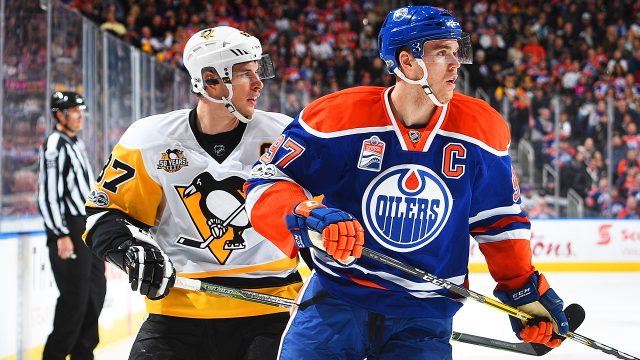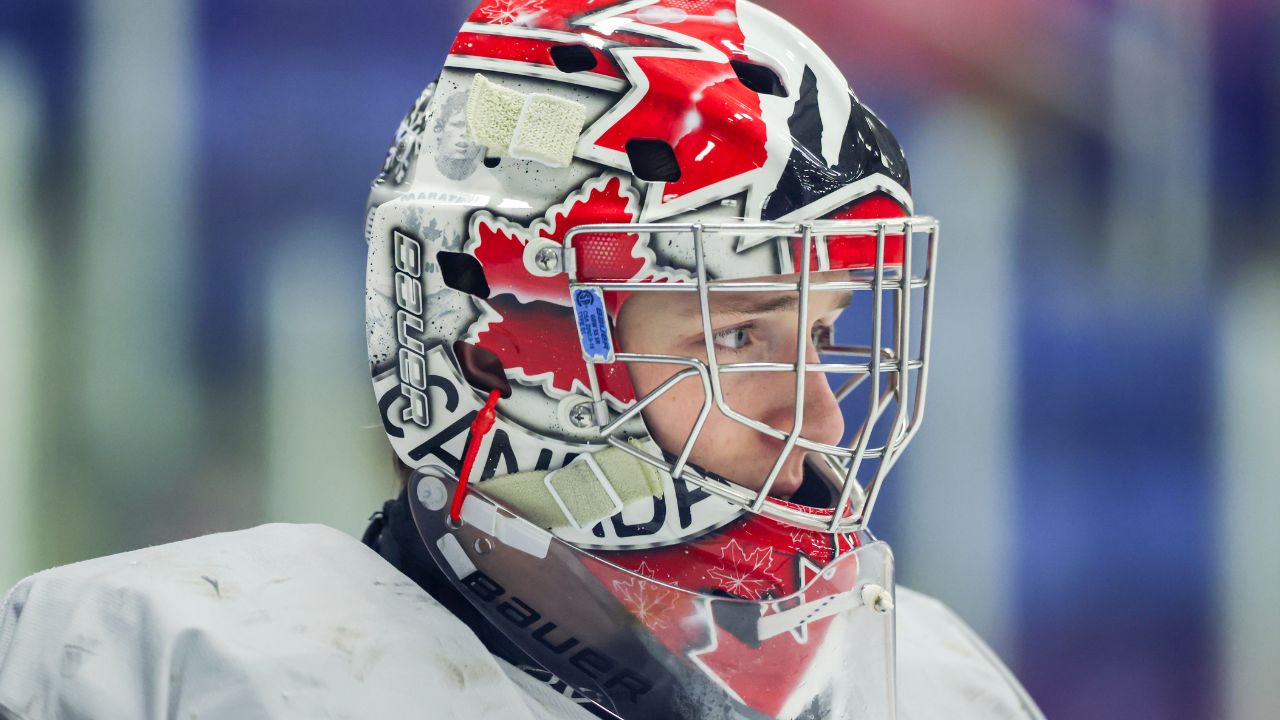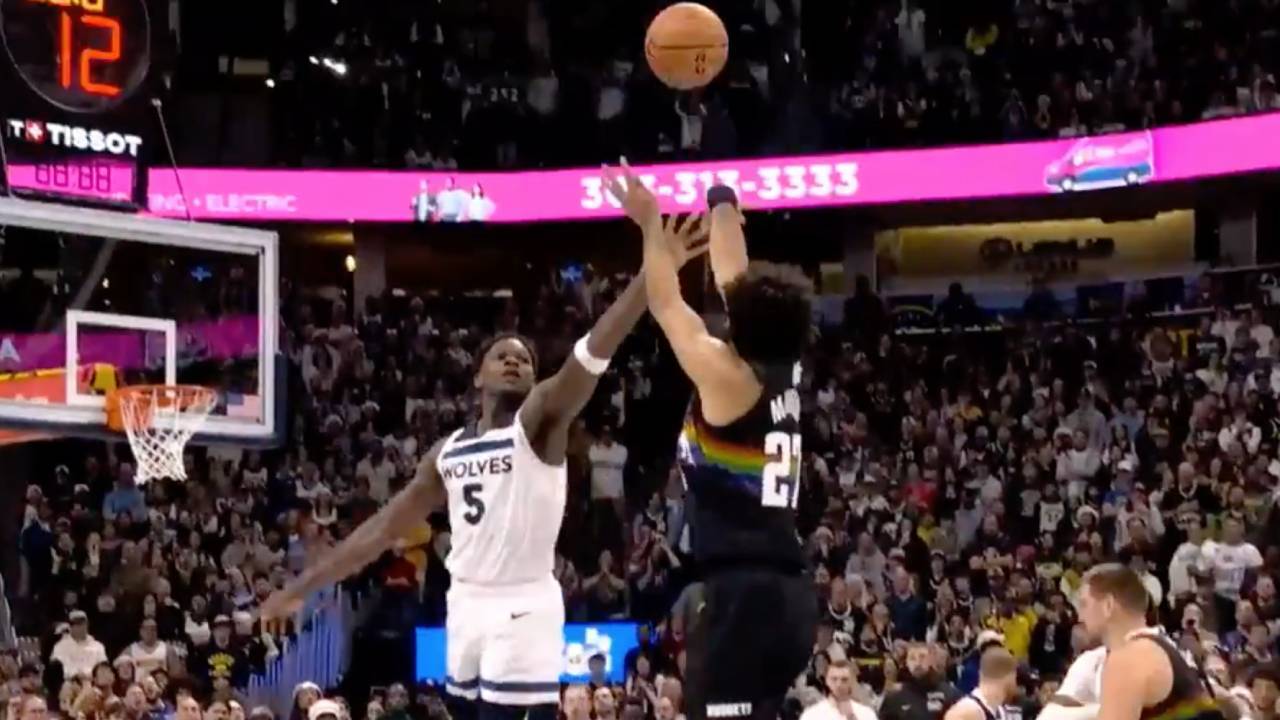
Like anything else these days, this off-season in the NHL is setting up to be a fascinating one. The goaltender market is full of options, but not only that, the salary cap is staying flat. So while GMs would have previously planned their budgets on the assumption the cap would keep rising, now they’re having to deal with constraints that were not previously on the radar.
It’s always valuable to have cap space, but that’s even more true this off-season. Look at teams like the Tampa Bay Lightning, the New York Islanders or Arizona Coyotes, and you’ll see they have important contracts of their own to get done, but with precious little room to do it. It’s going to be nearly impossible for them to not trade off assets (and probably for under market value) to avoid the worst outcomes. Tampa Bay and the Islanders, for instance, could find themselves susceptible to offer sheets on Anthony Cirelli and Mathew Barzal if they don’t move.
That’s where these teams below come in.
While teams with cap space could find an upgrade on the free-agent market (and those contracts may not be as high as usual either), the wiser bet may be to prey on the capped-out teams and look to trade for an upgrade without having to pay up at full price. In this collection of teams we have a mix of a Cup contender with a couple emerging teams, and a few others that still appear a ways off from the playoffs.
But these teams could hold the key to the wild off-season, because they have the most flexibility to make their decisions — and flexibility is one of the most important things you could have right now.
Here’s our look at seven teams best set up to take advantage of an off-season with less league-wide cap room than ever.
NEW JERSEY DEVILS
Projected cap space: $26.2 million
Roster size: 13
The most important bit of unfinished contract business is to extend RFA goalie MacKenzie Blackwood who had a great 23-year-old season and will stabilize the most important position as the Devils try to put the rest of the roster together. When New Jersey traded for P.K. Subban last summer they got a still-good defenceman (though not at his peak anymore) for a negligible return because the Nashville Predators couldn’t afford the $9 million price tag anymore. Could the Devils do something similar, perhaps for a better player, this off-season as more cap-strapped teams try to shed dollars? The Devils have three UFA forwards a year from now (Nikita Gusev, Travis Zajac, Kyle Palmieri) but could even start exploring replacements for any of them with an off-season trade.
OTTAWA SENATORS
Projected cap space: $39.5 million
Roster size: 9
Ottawa’s roster size only counts nine at the moment, and that doesn’t include the likes of Josh Norris, Logan Brown, Drake Batherson, Alex Formenton or Erik Brannstrom. Some of those players could be on next year’s NHL roster, but all would come on entry-level deals that wouldn’t add much to the cap picture. The Senators are still in a rebuild and hold two of the top-five draft picks this season, plus another first and four seconds. They won’t stray from that course right now, but there is a ton of flexibility for them to add an impactful player at a reduced cost either this season or next. One thing is for sure, they need to find a starter or tandem to move forward with. We’re still a year ahead of Eugene Melnyk’s declared “five-year run of unparalleled success” in which he intended to spend to the cap, but if the right opportunity comes along, could Ottawa pounce?
LOS ANGELES KINGS
Projected cap space: $20.7 million
Roster size: 16
While they finished near the bottom of the league, Los Angeles perhaps has more motivation to accelerate than some of those around them because they’d rather not waste big dollars and prime years for Anze Kopitar or Drew Doughty. They’ll add another impact player anyway with the second-overall draft pick, right after picking Alex Turcotte fifth overall a year ago. With $21 million committed to Kopitar and Doughty — and a $5.8 million deal to Jonathan Quick that will be hard to escape — the Kings have a little less leeway than some others on this list to add huge money, but if there’s a bargain to be had they should be a motivated buyer.
COLORADO AVALANCHE
Projected cap space: $22.3 million
Roster size: 14
The only team on this list that you could consider a contender already, the Avalanche and GM Joe Sakic have been patiently bringing this thing along, so maybe adding Taylor Hall in free agency is too obvious. But if he comes at a bargain? He’d be hard to pass up. But if their playoff series against Dallas has shown anything it’s that the Avs could use more depth on the blue line and improved play as a defensive unit. They won’t rush out to spend their money and are a year away from having to re-up Gabriel Landeskog, but Colorado would also be wise to not be too patient while Nathan MacKinnon is playing on the best value contract in the league ($6.3 million through 2022-23).
MONTREAL CANADIENS
Projected cap space: $14 million
Roster size: 17
The roster size and cap calculation do not include Jesperi Kotkaniemi or Alexander Romanov, who both figure to be on next year’s roster. Their combined cap hit would still be under $2 million, though. If there is a team on this list that could really explode with the right changes, it’s Montreal. Max Domi is an RFA and will take up some of this cap room, unless he’s used in a trade to perhaps bring back an upgrade. Jonathan Drouin, under contract for another three years, could be on the list of possible trade candidates as well. The Habs saw a lot of positives from their youngest players in these playoffs, but is it time to make changes to the slightly older core? The push is on with Carey Price and Shea Weber in their mid-30s now, so the Canadiens should be considering all options with the space they have. They already made one deal, bringing in Jake Allen for third- and seventh-round picks, and he’ll give Price room to rest. Allen comes with a hefty $4.35 million cap hit for his role, but this was an add the team needed. It’s not the only one, though.
DETROIT RED WINGS
Projected cap space: $34.6 million
Roster size: 10
The Red Wings seem a ways off from contending still, but they have a promising core to start with at least. Dylan Larkin, Anthony Mantha (RFA) and Tyler Bertuzzi (RFA) were their leading scorers up front and Filip Zadina was on a good scoring pace in the 28 NHL games he played. They’ll add another top-four pick this draft as well. Detroit has a lot to figure out. They need a new goalie and must rebuild the blue line, though there are promising prospects coming along there, too, namely Moritz Seider. GM Steve Yzerman likely will still take a slow and patient approach here, but if the right opportunity comes along to add something, he’ll pounce. Is it a good thing that the team he used to GM, Tampa Bay, is among those most pressed to the cap and in need of money-saving deals?
BUFFALO SABRES
Projected cap space: $34.4 million
Roster size: 10
The Sabres already have $25 million committed to their three highest-paid forwards, so they do have to be careful of spending too much on an individual, especially with Sam Reinhart and Victor Olofsson sitting as RFAs and Rasmus Dahlin a year away from his own pay bump. The Sabres haven’t made the playoffs since 2011 and when they’ve thrown money around in the recent past, it has rarely worked. New GM Kevyn Adams will have some pressure to get the team on track toward the post-season, but also couldn’t be expected to do it in a single year.





